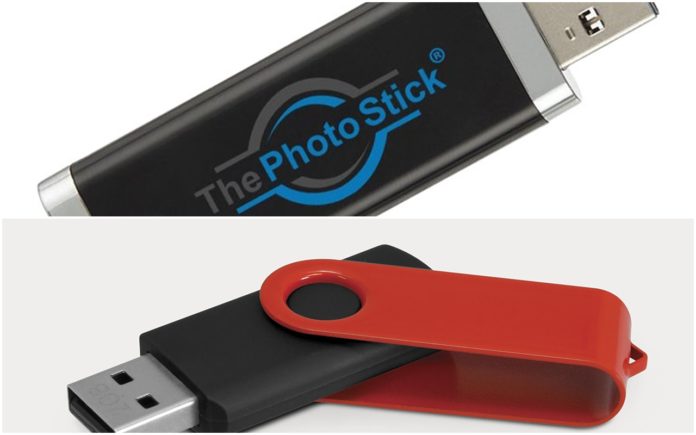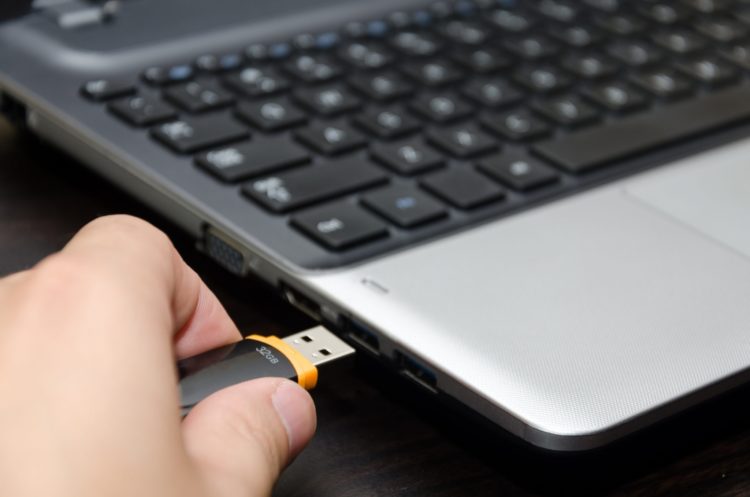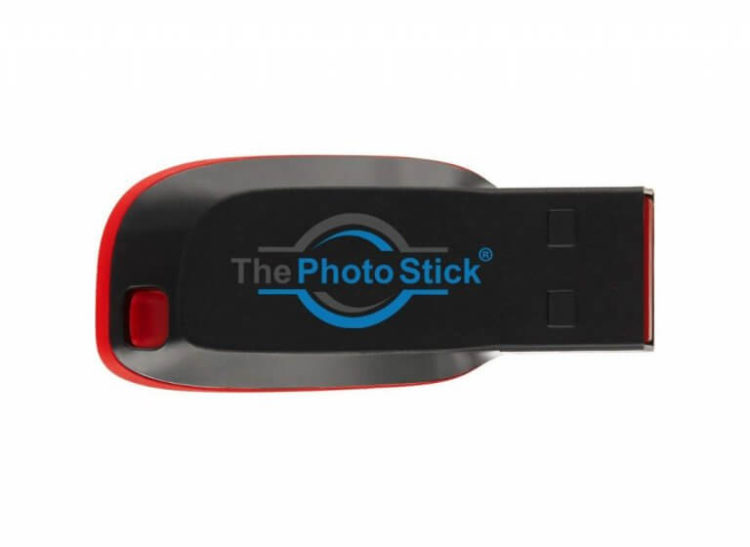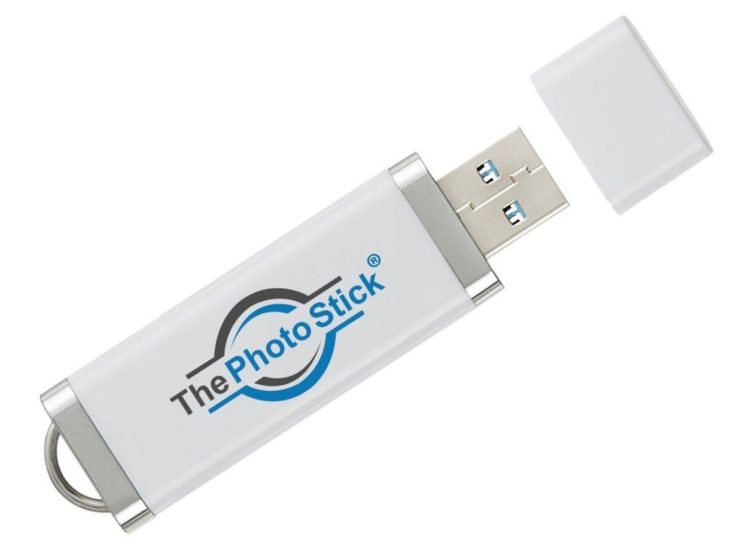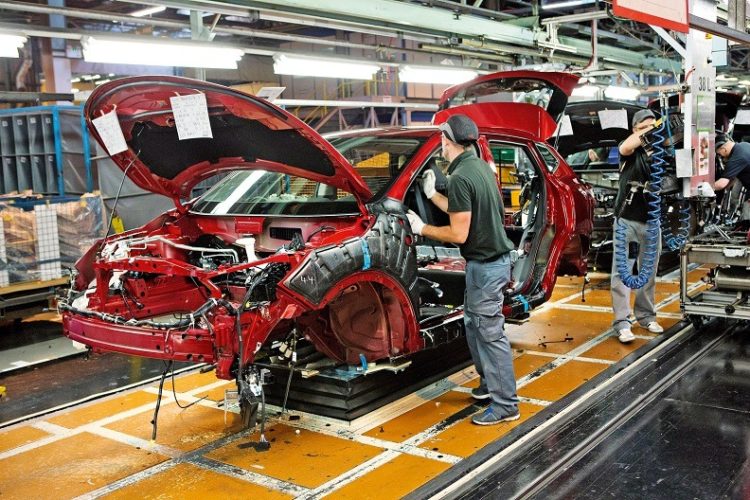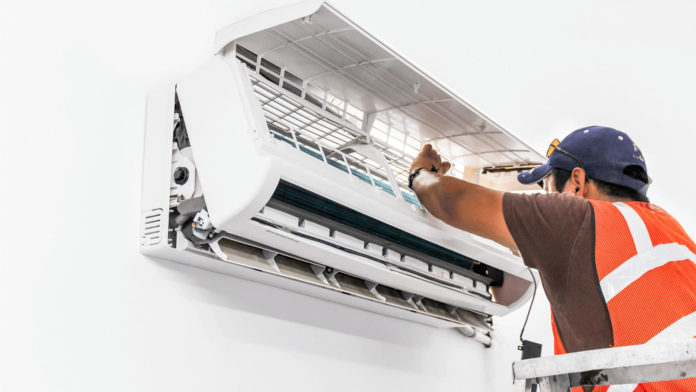Are you planning to buy a used car? Whatever model you prefer, it is essential to make sure its history contains no unpleasant secrets. The seller may not be completely truthful. Accidents and damage are things that bring the price down, but you may be kept in the dark. You could risk purchasing a car that does not actually belong to them.
Autos have their own IDs just like people. Known as VINs, these vehicle identification numbers can tell you a lot about every single car and its background. If it has even been damaged in a flood or traffic accident, its price should be lowered. Sometimes, the results of such decoding may even prevent you from becoming a fraud victim.
How to Decode
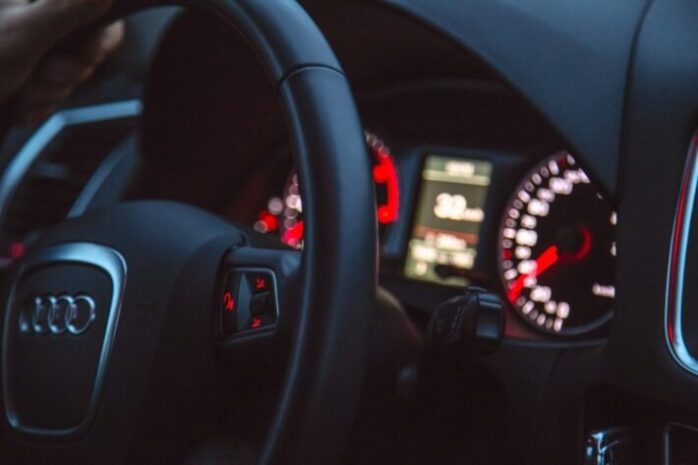
Enter this code on a dedicated website, such as FAX VIN, and you may be surprised by the findings. The 17-character sequence is most commonly printed under the windshield on the driver’s side. The numbers and letters reveal a wealth of data — from car manufacturers to type of brakes to traffic history. And all these details are available at the click of a mouse.
Thanks to such accessible online services, you may discover unsavory details concealed by your seller. What if the odometer readings are wrong? What if the car is in the database for stolen cars? Since every automobile in the US has its VIN, hiding the truth is next to impossible.
Do not disregard the importance of background checks. In fact, the seemingly random selection of digits and letters reveals the following:
● where it was produced;
● the manufacturer;
● type of the brakes;
● type of the chassis;
● the model code;
● the body type;
● the special digit that confirms code authenticity;
● the model year;
● serial number.
All automobiles bought and sold across the country must have their VINs. So, look at your potential buy. First, count the number of characters. Sequences shorter or longer than the 17-character norm could be suspicious. Secondly, note that the letters Z, O, and I are not permitted. If it all looks okay, write down the code and conduct a check online.
There are only two exceptions that serve as a valid justification for differences in format. First, automobiles manufactured before 1980. This is because the above-mentioned rules were only implemented that year. Secondly, if you are buying certain models (e.g., a Slide-in, a Truck Camper, or a Cab-over), these will have their own legal serial numbers instead of VINs.
Alternative Locations of the Code
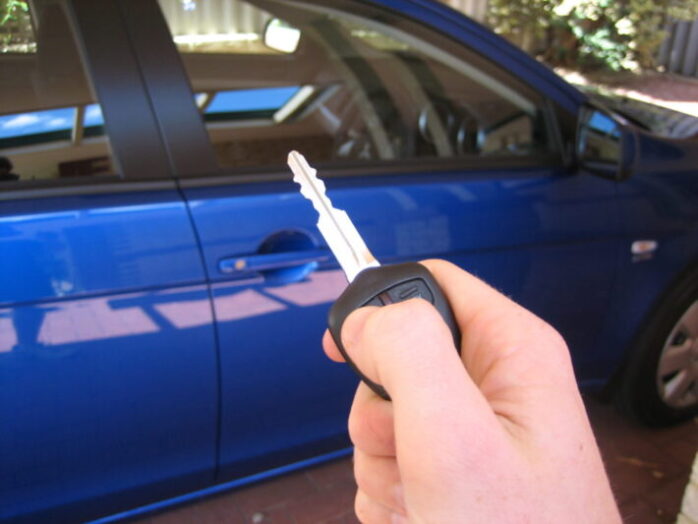
The Code is always printed on non-removable car parts. This is done to prevent the owner from making untraceable manipulations with the auto. Sometimes, there is no VIN under your windshield (it should be at the corner of your dashboard). In these cases, try looking in the following places:
1. The driver’s door post (the point where it latches);
2. Insurance policy or card;
3. Title and registration.
How to Use the Code
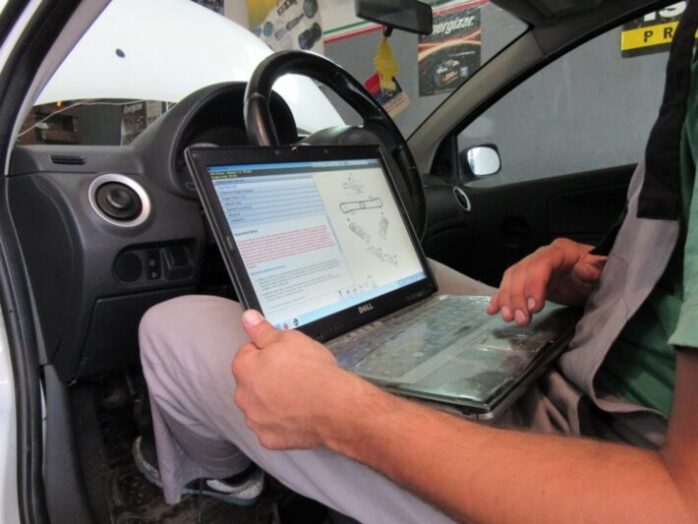
Head to a website providing the relevant service. Enter the code into the required field and run the analysis! There are two key options available to users of this platform: VIN Decoder and VIN Check. These vary in scope. Here are the differences between them.
1. VIN Decode
The decoder is completely free, and it will break down and decipher your VIN in no time. The result will display the technical specifications of the auto. See the list above.
2. VIN Check
This analysis is more meticulous, as it delves into auto history. Any damages, accidents, or repossessions will be instantly reflected on the screen. Cars have their own individual histories that may contain skeletons in the closet.
Contents of an In-Depth Report

The second type of search uncovers the past of the car in question. Upon entering the code, you should be able to learn about the following:
1. Accidents History
If the car has been damaged in a traffic collision, a dishonest seller may try to hide the fact, as it affects the price. However, any crashes or incidents are reflected in the vehicle history report.
2. Mileage
Are you sure the odometer readings cited by the seller are right? They may have been lowered artificially. Unscrupulous owners are familiar with this trick. Check the values against the data in the report. If the car has covered longer distances, it must cost less.
3. Flaws
Any production imperfections are also discovered immediately. The same is true for cases of model withdrawal. Another reason for bargaining! Of course, if you are still willing to communicate with a dishonest owner.
4. Lien & Repossession
The car may be used as collateral for a bank loan. If the lien is involved, the lender technically owns the auto. Therefore, it is imperative that you confirm that the seller actually possesses the car you want to buy. Caution will prevent a host of problems.
5. Theft & Recovery
Has the car ever been stolen? Or does it have this status now? This could be a shocking revelation. Make sure you are not dealing with unscrupulous car thieves. The consequences can be the direst. If the section raises suspicions, notify the local police.
6. Flood, Hail and Fire Damage
What if severe weather conditions caused damage to the car? This section of the report will tell you if any fires or natural phenomena have affected the automobile. Its condition could be worse than you imagine.
7. Specifications
Is the general status of the car what the seller claims it is? If any parts have been changed, this will be shown in the data.
Can You Get It for Free?
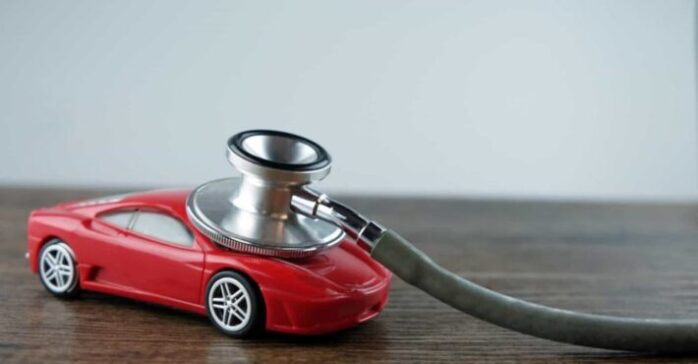
A basic version of the VIN check is available free of charge. The more meticulous examination comes, however, at a fair price. However, if you would just like to compare several cars and their records, the free version could suffice. It all depends on your intentions and the depth of the required analysis.
Undeniably, to ensure a fully informed buying decision, complete data is vital. After all, there are too many potential hidden dangers. It is best to be safe than sorry. And being safe in this regard refers to the literal safety of the driver and the passengers.
How to Use the Results
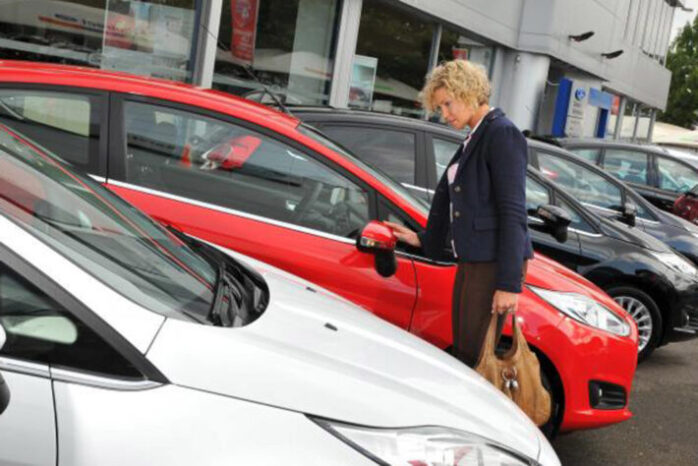
Buying a second-hand car has its benefits. After all, brand-new choices lose a sizeable chunk of their value in the first year. Besides, they are cheaper by default. So why pay more? However, this strategy requires extra caution from the buyer. Luckily, internet-based tools now make it easier than ever to verify car details. Everything is done remotely, and the process takes a few clicks.
Inconsistencies between the data you acquire online and your seller’s claims should raise suspicions. You could decide to refuse from the purchase altogether or renegotiate the price. This makes such websites indispensable for anyone in search of a used car.
On the other hand, if you are selling, it is reasonable to provide comprehensive information to your potential customers. Take advantage of this modern technology to ensure accuracy and peace of mind. This way, you will avoid misunderstandings, and ensure the sale is transparent and honest.


























